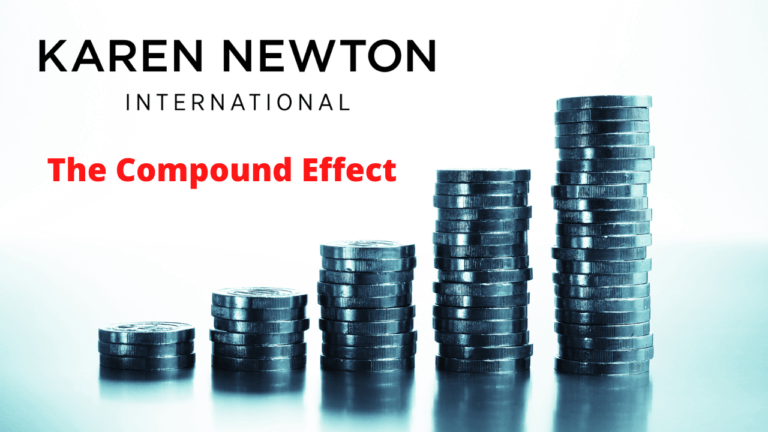Property Options – A Recession Strategy

Property Options offer a great way to get on the property ladder and they are a powerful tool during a recession.
Let me explain.
Table of Contents
- Buy-to-Let Mortgages
- But what happens when a property drops in value.
- Property Options
- Using a Property Option that is Suitable for the Current Property Market
Buy-to-Let Mortgages
Like any investment cycle property goes up and down in value. However, over the long term, it tends to go upwards.
In a buoyant market when property prices are going upwards a traditional buy-to-let mortgage is a great strategy for buying investment property.
The way a buy-to-let mortgage works is, as an example, a person is buying a £100k property and the bank has a loan-to-value (LTV) rate of 75%. This means a person can borrow £75k towards the purchase of the property.
If the property price goes up to £150k and the buyer still has a £75k mortgage the loan to value is 50%.
Traditional buy-to-let mortgages are great in an upward market.
But what happens when a property drops in value.
Now you understand the concept of a buy-to-let mortgage, let’s look at what happens when the property market is going down such as during a recession.
If the property that was £100k has dropped in value to £75k and there is still a mortgage for £75k then the LTV is 100%.
Every mortgage has a LTV percentage and when price drop investors are faced with the option of finding a lump sum of money to bring the LTV back to the original percentage rate or face the property being repossessed.
During the 2008 credit crunch, the then Chancellor of the Exchecker, Alistair Darling, stood up in parliament issued the statement that banks were not to repossess properties outside the LTV rate where it was an owner/occupied property.
This left the door open for the banks to pursue property investors. As a time when people were losing their jobs they were also losing the homes they rented through no fault of theirs or the landlord.
While buy-to-let mortgages may seem a great investment opportunity for investors there are limitations on them and when to use them to purchase a property.
Property Options
Property Options are not something new, they have been around for hundreds of years and are used daily for commercial ventures and domestic investments.
There are many different types of property options but for this blog we will focus on rent-to-buy options.
Property options (rent-to-buy) are not based on loan-to-value. Rather a price is agreed to purchase a property in the future. Payments made during the rent-to-buy period are deducted from the overall cost of the property.
In many instances there is nothing left to pay, only the stamp duty.
For example, buying a property that is currently worth £100k. An agreement is made that the owner will sell and the buyer will buy for £120k in say 10 years time.
Payment made on the option is £1000 per month. 10 years is 120 months. £120,000 divided by 120 months equals £1000 per month. At the end of 10 years, the property is paid off. Stamp duty may or may not be required to transfer the property into the buyer’s name depending on location and stamp duty values at the time.
All the buyer has to pay is legal fees to get the property transferred to the owner.
During the rent-to-buy period it doesn’t matter if the property goes up or down the price remains the same. There is no risk of the property being repossessed as the banks are not involved.
Using a Property Option that is Suitable for the Current Property Market
Many different types of options provide flexible ways to control a property and buy at a later date. With so many different type of options there is always one that is best suited to the current economic climate and your budget.
Property Options are a great way to manage budgets and navigate the ups and downs of the property market.
Visit our sister site Guide To Property Options to learn more.

Karen Newton is a Business and Wealth Strategist, 3x International Bestselling Author, and founder of Karen Newton International. She combines practical experience with AI-Powered Entrepreneurship to help smart entrepreneurs build online income, invest strategically, and create long-term wealth through business growth, investments and joint ventures.







